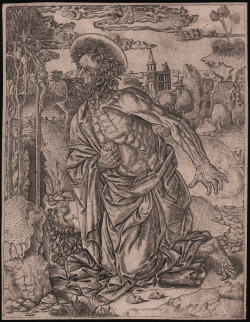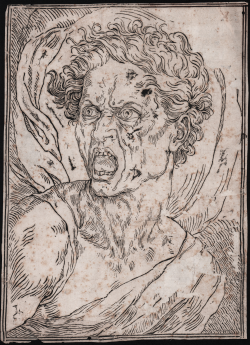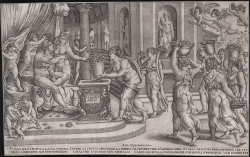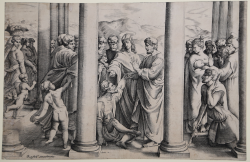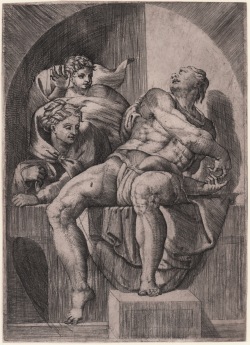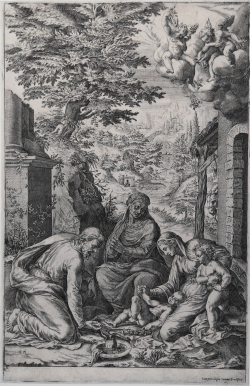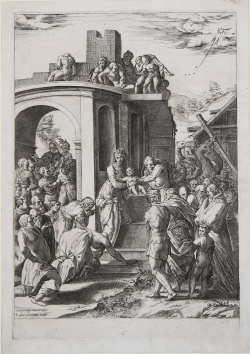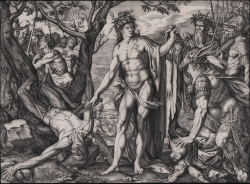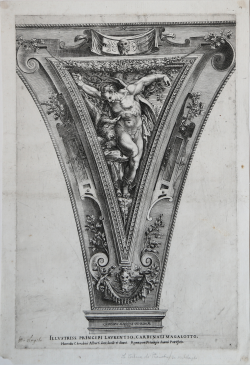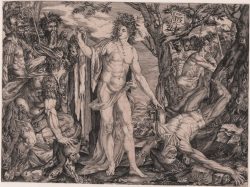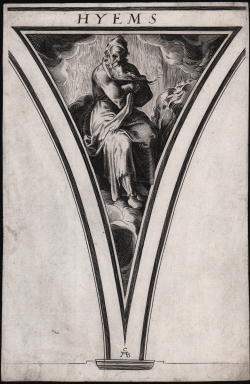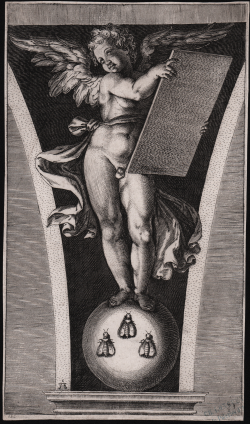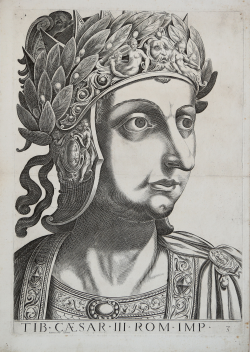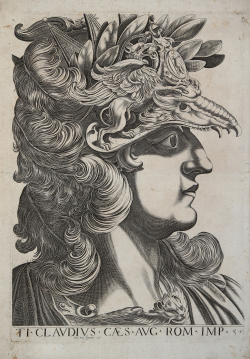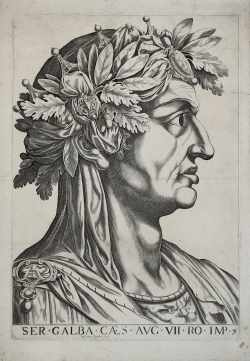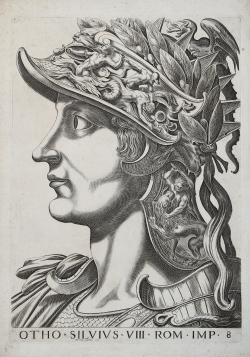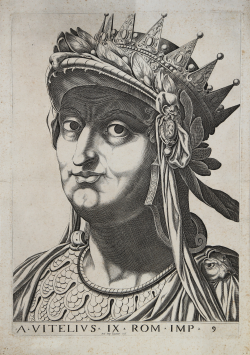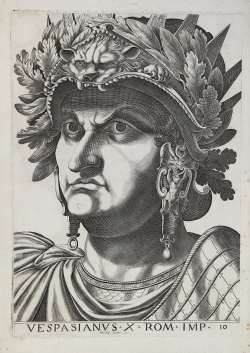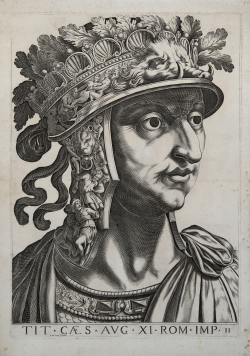St. Jerome in the wilderness
Anonimo - SCUOLA FIORENTINA del XV secolo
Code:
S40950
Measures:
172 x 220 mm
Year:
1500 ca.
St Peter and St John healing the lame man at the gate of the temple
Domenico VITUS
Code:
S30693
Measures:
375 x 246 mm
Year:
1550 ca.
The Holy Family with the infant John the Baptist and St. Anne
Cherubino ALBERTI
Code:
S30477
Measures:
275 x 428 mm
Year:
1571
Apollo and Marsyas and the Judgement of Midas
Melchior MEIER
Code:
S39059
Measures:
312 x 227 mm
Year:
1581
Winged Genius (Putto Barberini)
Cherubino ALBERTI
Code:
S42604
Measures:
168 x 290 mm
Year:
1590 ca.


